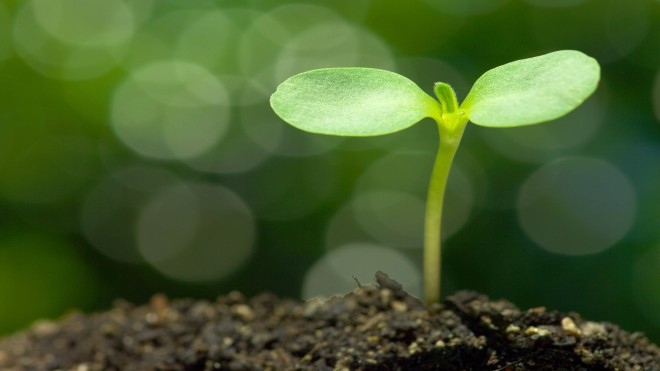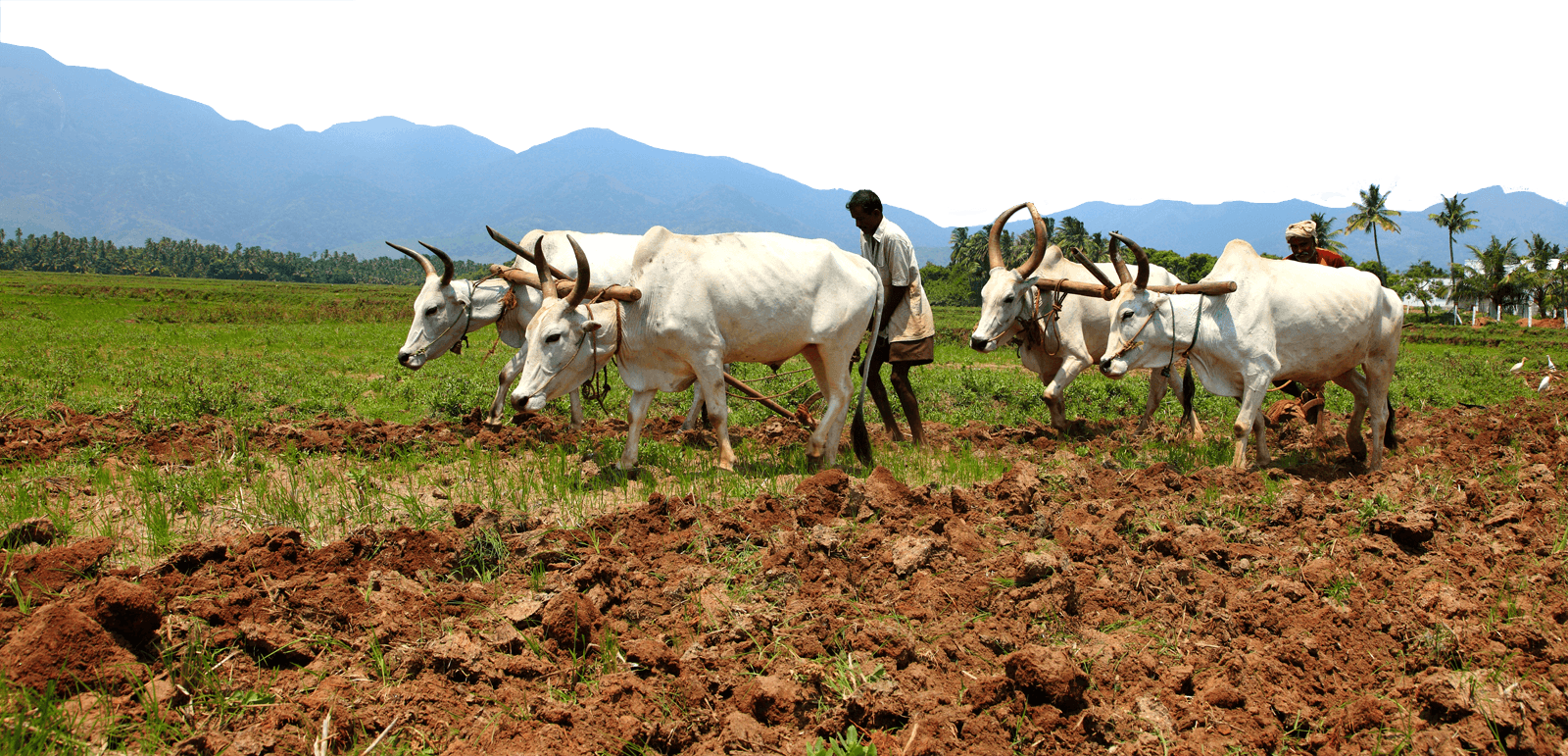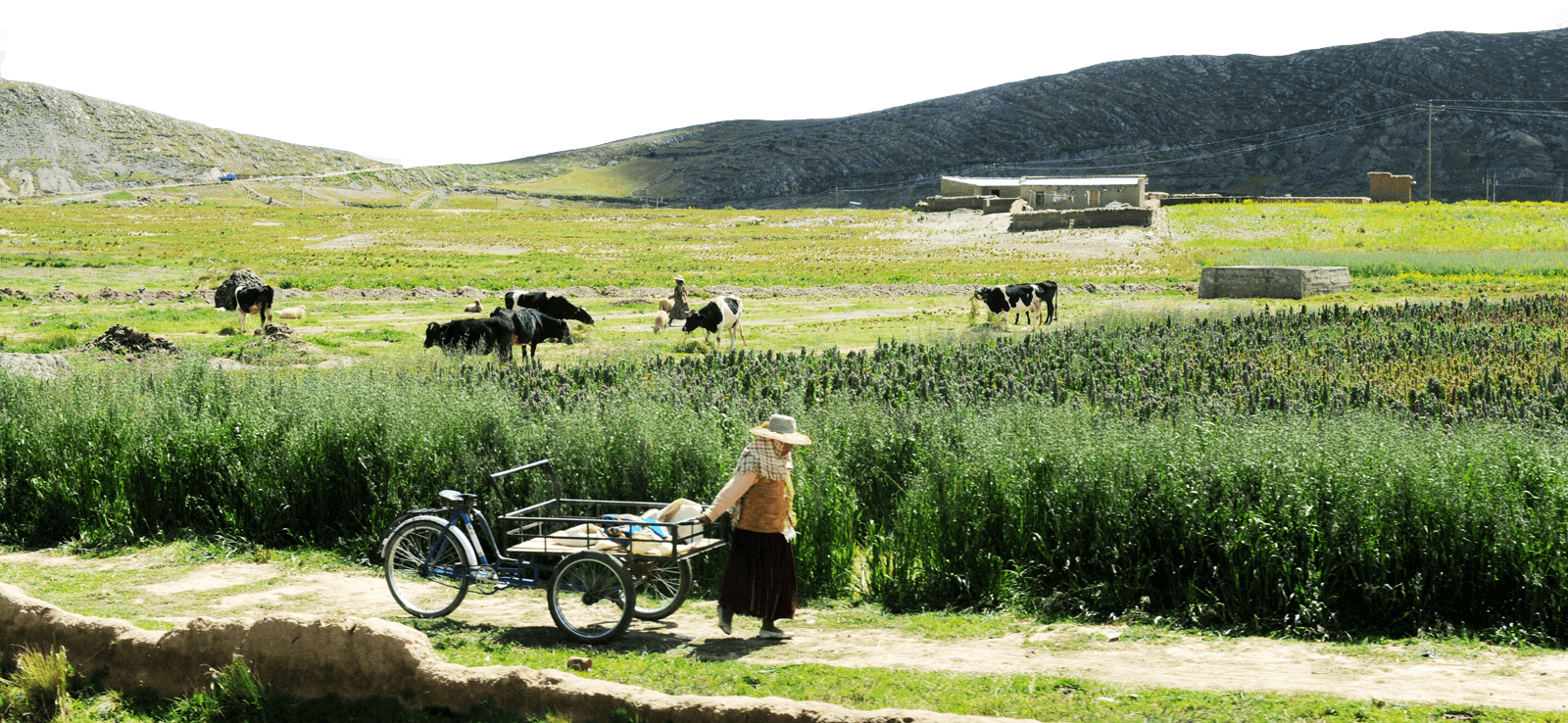Our Food System Is Racist: Here’s How to Fix It
Co-published with Monthly Review Press
Available November 2017, $25 from foodfirst.org
For review copies or interview and speaking inquiries with author Eric Holt-Giménez, please contact Erik Hazard, ehazard (at) foodfirst.org or (562) 472-6908.

Migrant seasonal farm workers pick and package strawberries directly into boxes in the Salinas Valley of central California.
Photo Credit: David Litman/Shutterstock
The following excerpt is from A Foodie’s Guide to Capitalism: Understanding the Political Economy of What We Eat, by Eric Holt-Giménez (Food First Books and Monthly Review Press, 2017).
Racism in the Food System
Calls to “fix a broken food system” assume that the capitalist food system used to work well. This assumption ignores the food system’s long, racialized history of mistreatment of people of color. The food system is unjust and unsustainable, but it is not broken. It functions precisely as the capitalist food system has always worked, concentrating power in the hands of a privileged minority and passing off the social and environmental “externalities” disproportionately to racially stigmatized groups.
Statistics from the United States confirm the persistence of racial caste in the food system. In 1910 African Americans owned 16 million acres of farmland. But by 1997, after many decades of Jim Crow, several national farm busts, and a generally inattentive (or obstructionist) Department of Agriculture (USDA), fewer than 20,000 black farmers owned just 2 million acres of land. The rate of black land loss has been twice that of white land loss and today less than 1 million acres are farmed. According to the USDA 2012 Census of Agriculture, of the country’s 2.1 million farmers, only 8 percent are farmers of color and only half of those are owners of land. Though their farm share is growing, particularly among Latinos, who now number over 67,000 farmers, people of color tend to earn less than $10,000 in annual sales, produce only 3 percent of agricultural value, and farm just 2.8 percent of farm acreage.
Stay in the loop with Food First!
Get our independent analysis, research, and other publications you care about to your inbox for free!
Sign up today!While white farmers dominate as operator-owners, farmworkers and food workers—from field to fork—are overwhelmingly people of color. Most are paid poverty wages, have inordinately high levels of food insecurity, and experience nearly twice the levels of wage theft as do white workers. While white food workers have an average annual income of $25,024, workers of color earn only $19,349 a year. White workers hold nearly 75 percent of the managerial positions in the food system. Latinos hold 13 percent and black and Asian workers 6.5 percent.
The resulting poverty from poorly paid jobs is racialized. Of the 47 million people living below the poverty line in the United States, less than 10 percent are white, while 27 percent are African Americans, 26 percent are Native Americans, 25.6 percent are Latinos, and 11.7 percent are Asian Americans.
Poverty results in high levels of food insecurity for people of color. Of the 50 million food-insecure people in the United States, 10.6 percent are white, 26.1 percent are black, 23.7 percent are Latino, and 23 percent are Native American. Even restaurant workers—an occupation dominated by people of color (who should have access to all the food they need)—are twice as food insecure as the national average.
Race, poverty, and food insecurity correlate closely with obesity and diet-related disease; nearly half of African Americans and over 42 percent of Latinos suffer from obesity. While less than 8 percent of non-Hispanic whites suffer from diabetes, 9 percent of Asian Americans, 12.8 percent of Hispanics, 13.2 percent of non-Hispanic African Americans, and 15.9 percent of indigenous people have diabetes. At $245 billion a year, the national expense in medical costs and reduced productivity resulting from diabetes are staggering. The human and economic burdens of diabetes and diet-related disease on the low-income families of color are devastating.
Trauma, Resistance, and Transformation: An Equitable Food System Is Possible
Recognizing racism as foundational in today’s capitalist food system helps explain why people of color suffer disproportionately from its social and environmental “externalities”: labor abuses, resource inequities, and diet-related diseases. It also helps explain why many of the promising alternatives such as land trusts, farmers’ markets, and community-supported agriculture tend to be dominated by people who are privileged by whiteness. Making these alternatives readily accessible to people of color requires a social commitment to racial equity and a fearless commitment to social justice. Ensuring equal access to healthy food, resources, and dignified, living-wage jobs would go a long way toward “fixing” the food system.
The trauma of racism is inescapable. In addition to the pain and indignity of racialized mistreatment, people of color can internalize racial misinformation, reinforcing racial stereotypes. While white privilege benefits white communities, it can also immobilize them with guilt, fear, and hopelessness. Both internalized racism and white guilt are socially and emotionally paralyzing, and make racism difficult to confront and interrupt.
Difficult, but not impossible. Since before the abolition movement and the Underground Railroad of the mid-1800s, people have found ways to build alliances across racial divides. The history of the U.S. food system is replete with examples of resistance and liberation, from the early struggles of the Southern Tenant Farmers Union to the Black Panthers’ food programs and the boycotts and strikes by the United Farm Workers. More recently, the Food Chain Workers Alliance has fought for better wages and decent working conditions. The Detroit Food Policy Council is an example of the increase of local food policy councils run by people of color, and the spread of Growing Power’s urban farming groups reflect a rise in leadership by those communities with the most at stake in changing a system that some have referred to as “food apartheid.” Indigenous peoples and other oppressed communities have developed ways of healing historical trauma, and there are peer counseling groups with skills for working through the immobilizing feelings of internalized oppression, fear, hopelessness, and guilt. All of these resources and historical lessons can be brought in to the food movement.
Racism still stands in the way of a good-food revolution. If the food movement can begin dismantling racism in the food system and within the food movement itself, it will have opened a path not only for food system transformation, but for ending the system of racial castes. on
Our Food System Is Racist: Here’s How to Fix It from Alternet Books on Alternet.

 Help Food First to continue growing an informed, transformative, and flourishing food movement.
Help Food First to continue growing an informed, transformative, and flourishing food movement.




